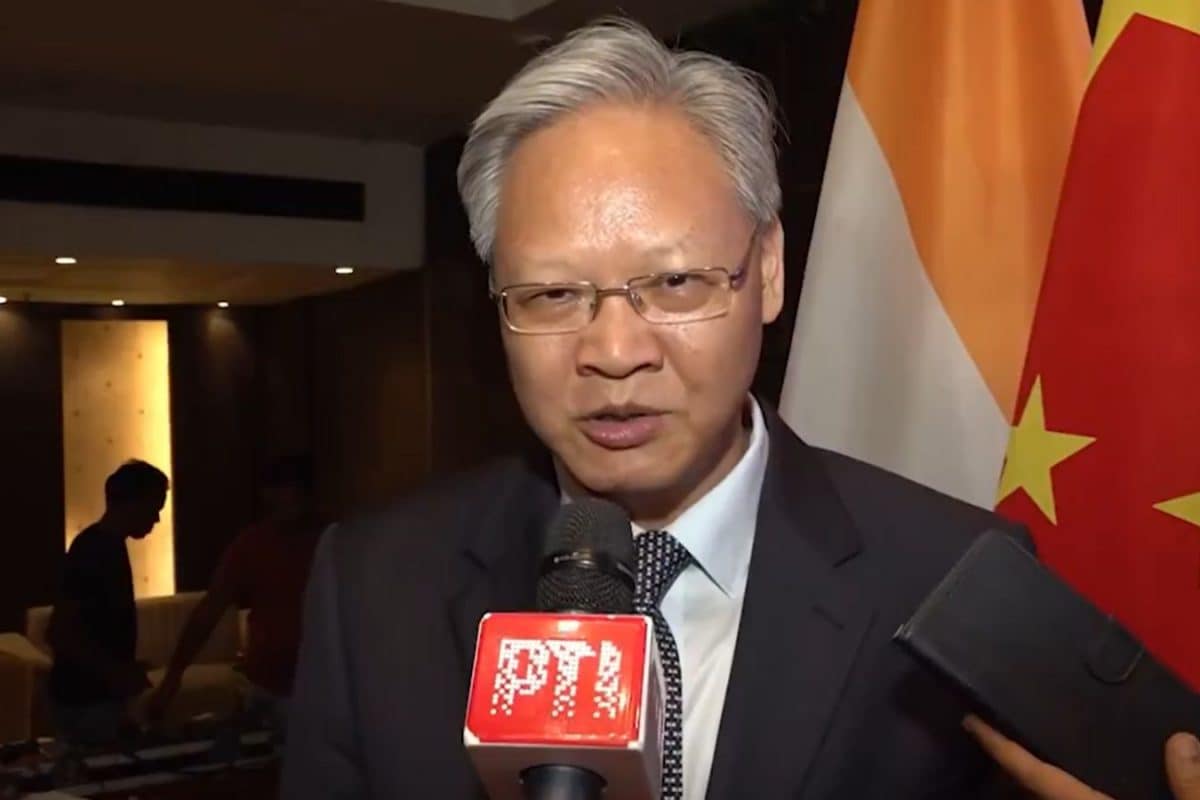

Recent diplomatic overtures suggest a potential warming in relations between India and China, with a Chinese envoy emphasizing the need for improved ties. This comes after a period of strained relations, marked by border disputes and economic tensions. However, both sides have expressed a desire for stability and cooperation, driven by mutual interests and the recognition of the significant role they play in the regional and global landscape.
Several factors underpin the push for improved relations. The high political and military costs associated with the antagonistic relationship have become unsustainable for both nations. In October 2024, a crucial agreement was reached to complete disengagement along the disputed border, create buffer zones, and establish patrolling arrangements in contested areas, breaking a four-year deadlock. This breakthrough paved the way for the first formal meeting between Chinese President Xi Jinping and Indian Prime Minister Narendra Modi since 2019, on the sidelines of the BRICS summit in Kazan, Russia.
The agreement has led to a reactivation of meaningful diplomatic engagement between the two countries. Indian Minister of External Affairs Subrahmanyam Jaishankar and Chinese Minister of Foreign Affairs Wang Yi met in November 2024, agreeing to resume a religious pilgrimage in Tibet, data sharing on trans-border rivers, direct flights between India and China, and media exchanges. Defence ministers from both countries have also engaged in dialogue. These high-level interactions signal a commitment to rebuilding bilateral ties that had been strained since 2020.
Economic considerations also play a significant role. China remains a crucial economic partner for India, which relies on Chinese trade to maintain its high economic growth. Despite a substantial trade deficit, India cannot afford to forfeit its economic ties with China. In fiscal year 2024-25, China was India's second-largest trading partner, with bilateral trade reaching $131.84 billion. Furthermore, China is a major source of active pharmaceutical ingredients for India's pharmaceutical industry and a significant investor in India's startup ecosystem.
However, challenges remain. Disagreements over the Line of Actual Control (LAC) continue to be a point of contention, and China's engagement in South Asia and the Indian Ocean raises security concerns for India. The "China-Pakistan Nexus," particularly the China-Pakistan Economic Corridor (CPEC) passing through Pakistan-occupied Kashmir, is viewed by India as a violation of its sovereignty. Furthermore, recent actions by China, such as creating new counties in disputed territory, have sparked protests from India and highlight the cyclical pattern of thaw and provocation in their relationship.
Despite these challenges, both countries recognize the importance of stable relations for regional peace and stability. A harmonious partnership between India and China, symbolized by the "Dragon-Elephant Tango," can reduce the risk of conflict along the disputed border, foster a predictable environment for trade and investment, and enable constructive roles in global governance. As major Asian powers, stable India-China ties are vital for a prosperous and peaceful Indo-Pacific region. While uncertainties and complexities persist, the recent emphasis on dialogue and cooperation offers hope for a gradual improvement in India-China relations.